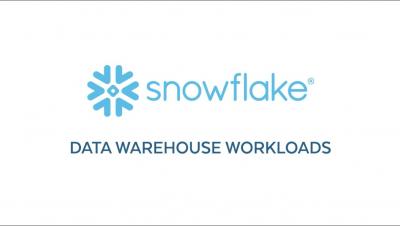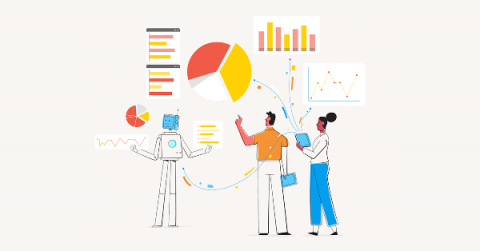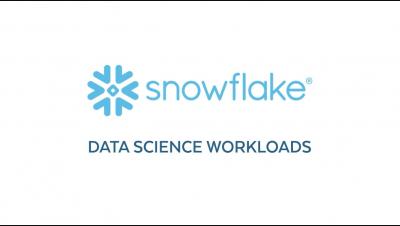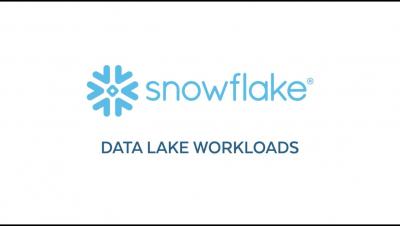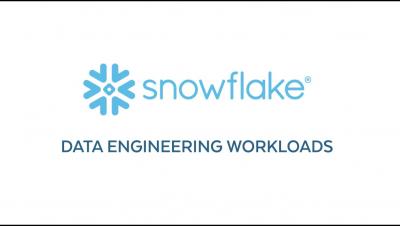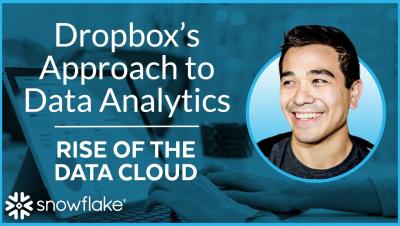Analytics
Analytics Experience Explained
One of the really big trends that we're seeing in the analytics space, is the move towards talking about the analytics experience. Analytics experience is about supporting or triggering decisions and transactions. This is a shift from what I would describe as the passive use of analytics, where people were expected to use dashboards and reports that didn't add a lot of value to their transactions or decision making. The difference sounds subtle, but it's really quite profound.
Snowflake Workloads Explained: Data Science
Snowflake Workloads Explained: Data Lake
Snowflake Workloads Explained: Data Sharing
Snowflake Workloads Explained: Data Engineering
10 Best Practices Every Snowflake Admin Can Do to Optimize Resources
As we covered in part 1 of this blog series, Snowflake’s platform is architecturally different from almost every traditional database system and cloud data warehouse. Snowflake has completely separate compute and storage, and both tiers of the platform are near instantly elastic. The need to do advanced resource planning, agonize over workload schedules, and prevent new workloads on the system due to the fear of disk and CPU limitations just go away with Snowflake.
Adapting to Work-From-Home Behaviors | Part 2 | Snowflake Inc.
Introduction to the Snowflake Data Cloud
Improve Your Website's SEO with Ahrefs Webmaster Tools
Today SEO is much more than just finding high converting keywords for better ranking. Most marketers and content writers nowadays rely on different strategies to stay in the game. Imagine handling such intricate tasks manually or shuffling through several tools daily to get this done. Sounds hectic, right? But what if we told you, there’s a single package out there to make your work easier.

